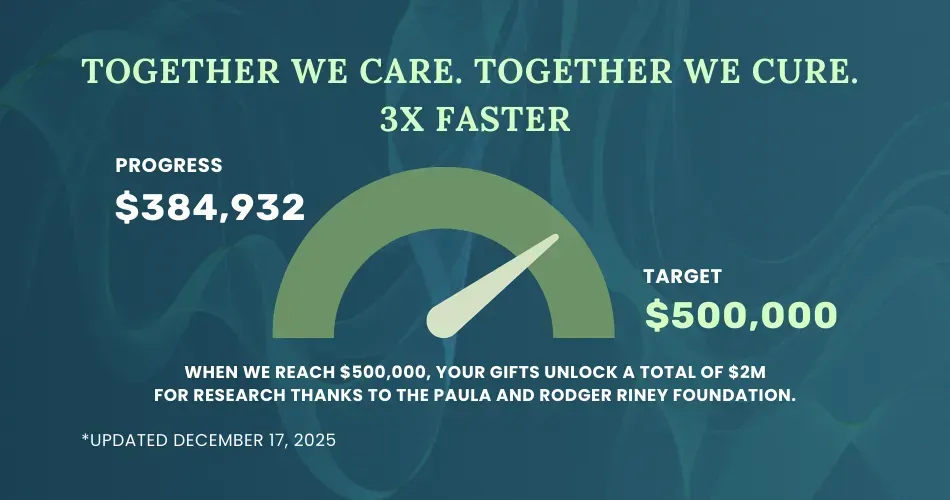How Long Will I Live with Large B-Cell lymphoma?
The prognosis and life expectancy for someone with diffuse large B-cell lymphoma (DLBCL) can vary greatly depending on several factors. It's important to note that while statistics can provide a general idea, they cannot predict the outcome for any individual patient.
What Do Statistics Say About the Life Expectancy for Someone with Diffuse Large B Cell Lymphoma?
A 5-year survival rate is a statistic used in cancer research to describe the percentage of individuals diagnosed with a disease who are still alive 5 years after their diagnosis. It is a commonly used measure to assess the prognosis or outcome of a specific disease, and it provides valuable information about the likelihood of survival over a defined period of time. The higher the survival rate, the more favorable the outcome.
According to recent statistics, the overall 5-year survival rate for people with DLBCL is around 60-70%. The 10-year survival rate is around 51%. However, these statistics can be influenced by various factors such as the stage of the disease, the patient's overall health, and the response to treatment.
What Factors Affect Prognosis for Diffuse Large B Cell Lymphoma?
- Risk status: helps predict the survival after 5 years; the case is different for every patient and a specialist is best to assess each case. You can learn more with our comprehensive article How is DLBCL Staged and Classified?
- Age: Younger patients generally have a better prognosis.
- Stage of the disease: Early-stage DLBCL (stage I or II) has a better prognosis than advanced-stage DLBCL (stage III or IV).
- Performance status: Patients who are well enough to carry out normal activities have a better prognosis.
- Lactate dehydrogenase (LDH) levels: High levels of LDH in the blood can indicate a more aggressive disease and a poorer prognosis.
- Extranodal disease: Disease that has spread to areas outside of the lymph nodes can worsen the prognosis.
- Response to treatment: Patients who respond well to initial treatment often have a better prognosis.
It's important to note that survival statistics are general trends and a patient's individual prognosis can vary greatly. Each patient's case is unique and should be discussed with their healthcare provider. Having a DLBCL specialist on your team provides you with the best way of truly understanding your prognosis.
Visit HealthTree's DLBCL Specialist Directory to find a DLBCL expert near you. You can also join HealthTree's social media platform, HealthTree Connect to meet other DLBCL patients and learn what they've done personally to live longer with DLBCL.
Stay Informed with HealthTree News
Educated and empowered patients have better outcomes. That's why we want to help you learn more about your disease with the latest lymphoma news, including patient stories, treatment breakthroughs, and expert insights so you can make confident, informed decisions.
The prognosis and life expectancy for someone with diffuse large B-cell lymphoma (DLBCL) can vary greatly depending on several factors. It's important to note that while statistics can provide a general idea, they cannot predict the outcome for any individual patient.
What Do Statistics Say About the Life Expectancy for Someone with Diffuse Large B Cell Lymphoma?
A 5-year survival rate is a statistic used in cancer research to describe the percentage of individuals diagnosed with a disease who are still alive 5 years after their diagnosis. It is a commonly used measure to assess the prognosis or outcome of a specific disease, and it provides valuable information about the likelihood of survival over a defined period of time. The higher the survival rate, the more favorable the outcome.
According to recent statistics, the overall 5-year survival rate for people with DLBCL is around 60-70%. The 10-year survival rate is around 51%. However, these statistics can be influenced by various factors such as the stage of the disease, the patient's overall health, and the response to treatment.
What Factors Affect Prognosis for Diffuse Large B Cell Lymphoma?
- Risk status: helps predict the survival after 5 years; the case is different for every patient and a specialist is best to assess each case. You can learn more with our comprehensive article How is DLBCL Staged and Classified?
- Age: Younger patients generally have a better prognosis.
- Stage of the disease: Early-stage DLBCL (stage I or II) has a better prognosis than advanced-stage DLBCL (stage III or IV).
- Performance status: Patients who are well enough to carry out normal activities have a better prognosis.
- Lactate dehydrogenase (LDH) levels: High levels of LDH in the blood can indicate a more aggressive disease and a poorer prognosis.
- Extranodal disease: Disease that has spread to areas outside of the lymph nodes can worsen the prognosis.
- Response to treatment: Patients who respond well to initial treatment often have a better prognosis.
It's important to note that survival statistics are general trends and a patient's individual prognosis can vary greatly. Each patient's case is unique and should be discussed with their healthcare provider. Having a DLBCL specialist on your team provides you with the best way of truly understanding your prognosis.
Visit HealthTree's DLBCL Specialist Directory to find a DLBCL expert near you. You can also join HealthTree's social media platform, HealthTree Connect to meet other DLBCL patients and learn what they've done personally to live longer with DLBCL.
Stay Informed with HealthTree News
Educated and empowered patients have better outcomes. That's why we want to help you learn more about your disease with the latest lymphoma news, including patient stories, treatment breakthroughs, and expert insights so you can make confident, informed decisions.
Trending Articles
Get the Latest Large B Cell Lymphoma Updates, Delivered to You.
By subscribing to the HealthTree newsletter, you'll receive the latest research, treatment updates, and expert insights to help you navigate your health.
Together we care.
Together we cure.
3x Faster.




